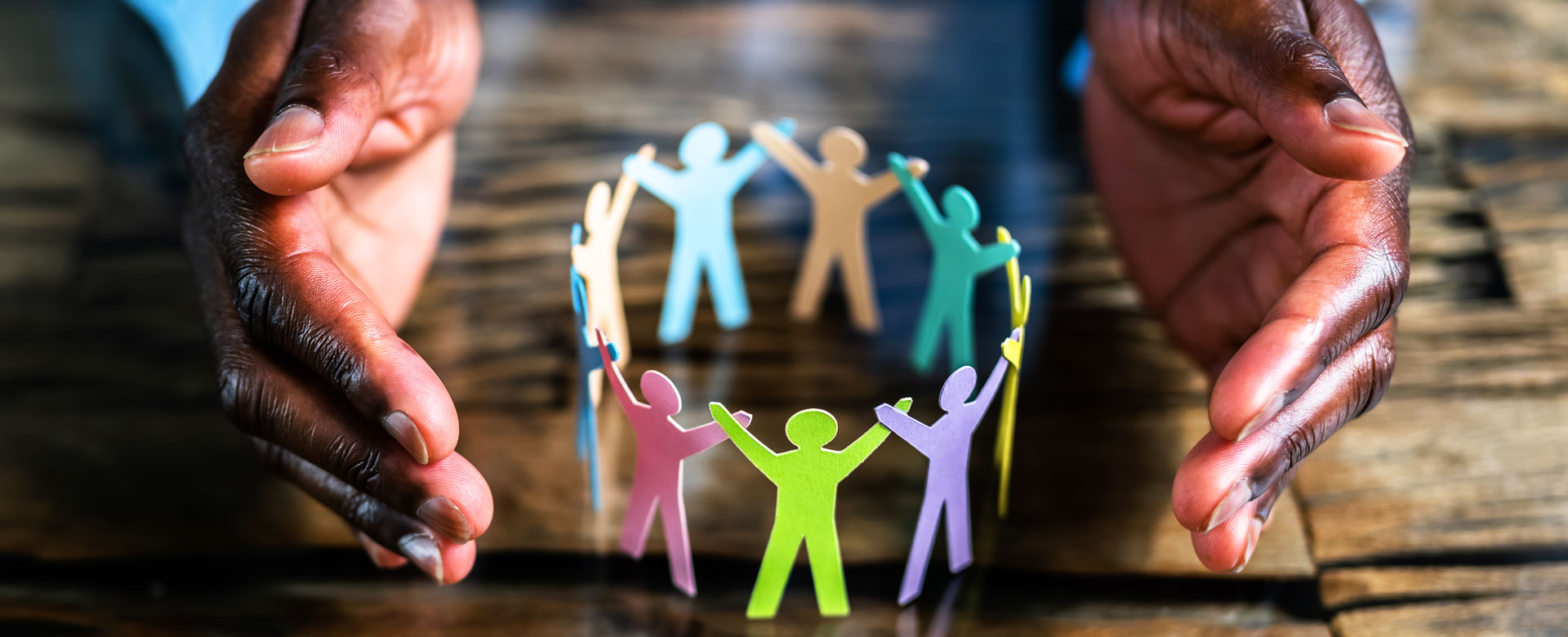Bottom-up processing is one type of processing of information in which stimuli are understood or interpreted starting with the smallest details and building up to more complicated concepts. This differs from a top-down process where we first form an overall impression of a scene and then search for evidence specific to favor the initial hypothesis. Visually processing a street within an urban area can give the impression that the area is chaotic, noisy, and crowded. To confirm this, they may observe signs, such as people running through crowds or traffic noise from nearby vehicles.

Because bottom-up processing tends to be more data-driven and analytical, it has been widely studied in relation to certain cognitive functions, including perception and memory. However, it is also beneficial in other aspects of our lives, such as the ability to make decisions, creative thinking, as well as things like art and design. Bottom-up processes, when applied wisely and effectively will help you tackle more problems and gain a greater understanding of complex situations. Bottom-up Processing, despite the negative connotations it has within academic circles, can be extremely helpful for understanding both our internal workings as well as the world around us.
The brain’s complex functions are at the core of every thought and action. The brain processes this intricate organ and plays a significant part in everything from memories and intelligence to our mood and behavior. The bottom-up process has been shown to have an impact on how the brain functions. It describes how information is processed by individual nerve cells or neurons and then through interconnected neural pathways that eventually influence higher cognitive processes like attention and perception. This process has been demonstrated to have significant effects on memory and learning. However, it could also be very effective in treating disorders like Alzheimer’s disease and schizophrenia. Thus, by better understanding bottom-up processing and its mechanisms, we could be able to unravel the mysteries behind brain function and pave the way for new and powerful techniques in neuroscience and healthcare.
Bottom-up processing describes how data is processed by the brain. Top-down processing is focused more on incorporating expectations and previous knowledge into the learning process. Bottom-up processing relies upon the input of raw data. By focusing on the individual components in the learning process that range from the simplest vocabulary and sounds to advanced concepts and concepts, bottom-up processing has proven to be an extremely effective method for students of all kinds.
Bottom-up processing comes with a distinct advantage: it lets us take a step back and pay attention to every part of the information we are exposed to. This lets us stay engaged in the information we are learning, making it simpler to expand our knowledge as we learn new concepts, improve and enhance existing ones and also recognize the potential for mistakes and areas of improvement. To gain a better understanding of the content, we should be able to highlight the ways in which they connect through the logical chain and network. In the end, by engaging in a bottom-up process, we can improve our learning and more effective communicators in general.